Hypertrophic cardiomyopathy (HCM) is a disease in which the heart muscle (myocardium) becomes abnormally thick (hypertrophied). The thickening of cardiac muscle leads to the inside of the left ventricle becoming smaller and stiffer, and thus the ventricle becomes less able to relax and fill with blood. This ultimately limits the heart’s pumping function, resulting in reduced exercise capacity and symptoms including chest pain, dizziness, shortness of breath, or fainting during physical activity. HCM is the most common monogenic inherited cardiovascular disorder, with approximately 260,000 patients diagnosed1, however, there are an estimated 400,000-800,000 additional patients who remain undiagnosed in the U.S.2,3,4 Forty percent of patients with HCM have obstructive HCM (oHCM), where the thickening of the cardiac muscle leads to left ventricular outflow tract (LVOT) obstruction, while sixty percent have non-obstructive HCM (nHCM), where blood flow isn’t impacted, but the heart muscle is still thickened.1 People with HCM are at high risk of also developing cardiovascular complications including atrial fibrillation, stroke and mitral valve disease.5 People with HCM are at risk for potentially fatal ventricular arrhythmias and it is one of the leading causes of sudden cardiac death in younger people or athletes.4 A subset of patients with HCM are at high risk of progressive disease leading to dilated cardiomyopathy and heart failure necessitating cardiac transplantation. Although the clinical profile, and management of patients with HCM have been well described in the existing literature, there is limited real-world data representing a national population of patients with HCM and their clinical-outcomes, healthcare-resource use and healthcare costs in patients with HCM.
EARTH-HCM (Epidemiology, Awareness, Real-world Treatment and Health Outcomes in HCM), is an online, open access, public health education tool developed by Cytokinetics, in collaboration with leading academic institutions, that uses real-world deidentified claims data to visualize population differences in patient characteristics, treatments, clinical outcomes, healthcare resource utilization and costs in hypertrophic cardiomyopathy (HCM) in the U.S. EARTH-HCM is an innovative, user-friendly tool designed to bridge the gap in awareness and education about HCM by providing insights into the treatment landscape and disparities in care. The tool aims to serve a variety of stakeholders including patients and caregivers, clinicians, pharmacists, researchers, policy decision-makers, payors and patient advocacy groups. This tool gives stakeholders detailed insights to guide resource allocation, optimize care strategies, and better support patients across the spectrum of HCM. EARTH-HCM will be updated regularly with publicly available data and will be expanded to include data from global geographies.
References
- Butzner M, Maron M, Sarocco P, et al. Clinical Diagnosis of Hypertrophic Cardiomyopathy Over Time in the United States (A Population-Based Claims Analysis). Am J Cardiol. 2021;159:107-112. doi:10.1016/j.amjcard.2021.08.024
- CVrg: Heart Failure 2020-2029, p 44; Maron et al. 2013 DOI: 10.1016/S0140-6736(12)60397-3; Maron et al 2018 10.1056/NEJMra1710575
- Maron MS, Hellawell JL, Lucove JC, Farzaneh-Far R, Olivotto I. Occurrence of Clinically Diagnosed Hypertrophic Cardiomyopathy in the United States. Am J Cardiol. 2016; 15;117(10):1651-1654.
- Gersh, B.J., Maron, B.J., Bonow, R.O., Dearani, J.A., Fifer, M.A., Link, M.S., et al. 2011 ACCF/AHA guidelines for the diagnosis and treatment of hypertrophic cardiomyopathy. A report of the American College of Cardiology Foundation/American Heart Association Task Force on practice guidelines. Journal of the American College of Cardiology and Circulation, 58, e212-260.
- Ommen et al. Circulation. 2024;149:e1239-e1311. Stroumpoulis et al. World J Cardiol. 2010;2:289-298. Fifer et al. Circulation. 2008;117:429-439.
